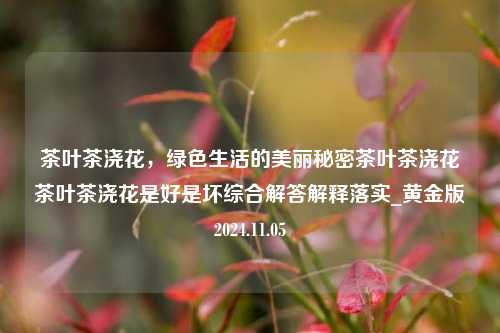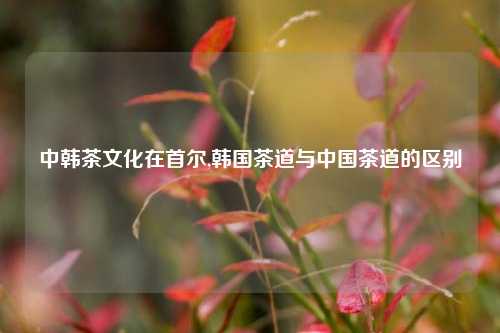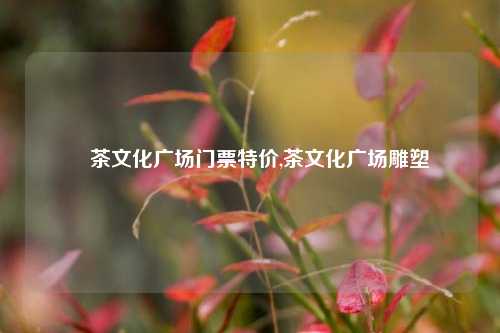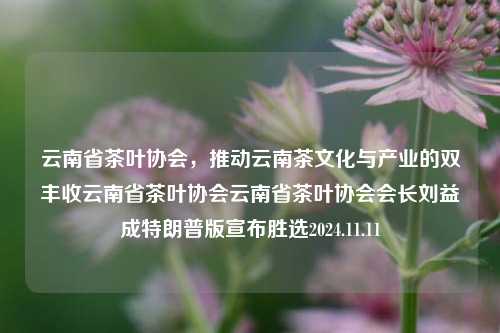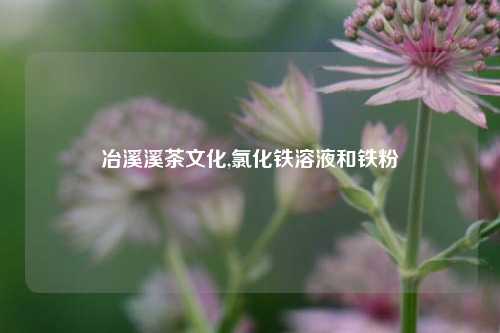 摘要:
大家好,今天我要介绍的是用英文介绍茶文化的起源,这个在用英文介绍茶文化的起源中让人无法忽视的存在。Title: The Origins of Chinese Tea Cultu...
摘要:
大家好,今天我要介绍的是用英文介绍茶文化的起源,这个在用英文介绍茶文化的起源中让人无法忽视的存在。Title: The Origins of Chinese Tea Cultu... 大家好,今天我要介绍的是用英文介绍茶文化的起源,这个在用英文介绍茶文化的起源中让人无法忽视的存在。
Title: The Origins of Chinese Tea Culture - A Journey Through Fujian's Tea LandChina's tea culture is steeped in rich history and lore, with origins that can be traced back thousands of years. Fujian, a province on the southeastern coast of China, is known for its world-class tea production and has long been considered the cradle of Chinese tea culture. This article delves into the origins of tea in Fujian and highlights the diverse types of tea and their unique production methods.Tea in Fujian can be traced back to the Neolithic era, when farmers in the region began to cultivate tea plants. The earliest evidence of tea cultivation in China was discovered in Jianning County, Fujian, where Neolithic pottery vessels were found containing ground tea leaves. Over time, tea culture evolved and spread throughout Fujian and beyond, becoming an integral part of Chinese culture and tradition.One of the key figures in the development of tea culture in Fujian was Lu Yu, a Tang Dynasty scholar and tea connoisseur. He is credited with writing the first comprehensive book on tea, "The Classic of Tea," which details the rituals and practices surrounding tea drinking. Lu Yu is also known for introducing high-quality tea gardens and specialized tea-making techniques, laying the foundation for the highly prized "Fujian tea" today.Fujian's diverse terrain and climate provide a range of unique growing conditions for different types of tea. The region is home to many types of tea, including oolong, white, green, and black teas. Each type of tea has its own unique production process, from selecting the right plants to harvesting, processing, and brewing. Fujian's tea farmers have mastered these techniques over centuries of practice, resulting in some of the world's most prized teas.One type of tea that stands out is Bai Hao Yu Jin Cha, or White Buds and Golden Flowers Tea. This tea is harvested from a specific area in Jianning County, where the climate and soil conditions are ideal for growing high-quality white tea. The process of producing White Buds and Golden Flowers Tea is highly specialized and requires meticulous care during the picking process to ensure only the purest white buds are harvested.Another type of tea that is popular in Fujian is Longjing (Dragon Well) Tea. This green tea is renowned for its mellow flavor and aroma and is considered a "must-try" in China. The high-quality Longjing Tea is harvested from a specific region in Zhejiang Province, but many farmers in Fujian grow this tea and export it to Zhejiang to ensure a steady supply for consumers worldwide.In conclusion, Fujian is known as the heart of Chinese tea culture, with a rich history and diverse types of tea that have been carefully cultivated over centuries. From Lu Yu's contributions to the development of tea culture to the unique production methods used by Fujian's tea farmers, this province has played a significant role in shaping the global appreciation for Chinese tea. From sipping to savoring, Fujian's teas offer a unique experience that is sure to delight any discerning palate.。
希望这篇文章能激发你对用英文介绍茶文化的起源的兴趣。记住,好东西总是值得等待的,但好机会不等人哦!


